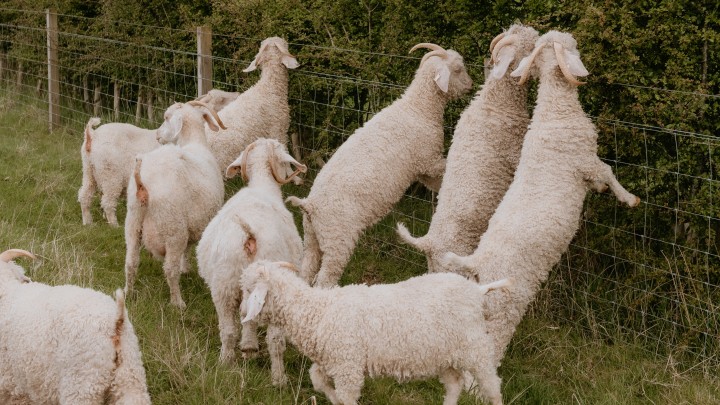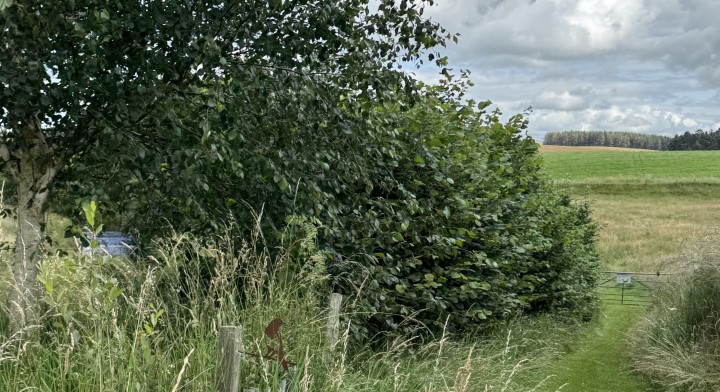Across Scotland, nature-friendly farmers are reintroducing hedgerows to their fields. The result? Healthier soils, more wildlife, and farms that are better equipped to face the future.
Hedgerows are a rarer sight across Scotland’s farmed landscape than in England. Yet five NFFN Scotland farmers – Denise Walton, Deborah Richardson-Webb, Anna Lamotte, Phil Knott and Rachael Cratchley – are working to change that, sharing here how and why they’re bringing more hedges back into Scotland’s fields.
The basics - Hedgerows in Scotland
As NFFN Scotland Chair Denise Walton explains, hedgerows are a relatively recent feature in much of Scotland. The country’s farmland was never enclosed to the same extent as England’s, leaving large areas open and hedge-free. On her own farm in Berwickshire, only a single hedgerow ran through the centre of the site when she first arrived.
Interest in hedgerows is now growing again, as more farmers recognise their value for both nature and farming. Across the Highlands and Islands, Phil Knott, NFFN Scotland’s Vice Chair and owner of Wildlife Croft on Skye, says the shift has been striking. “Ten years ago I would have said hedgerows were not seen as part of crofting,” he explains. “Now, there is recognition that most crofts could benefit from having hedges.”
How do you plant and lay hedgerows?
Planting
NFFN Scotland farmers recommend planting mixed hedgerows, as a variety of species boosts biodiversity and resilience. On her Berwickshire farm, Denise includes nine tree species in her hedges, with hawthorn and blackthorn forming the backbone.
Laying
Creating a good hedgerow starts with planting – but laying is what keeps it healthy and wildlife-rich. Laying means partially cutting and bending the hedge’s stems so they grow thick and interwoven, rather than becoming a loose line of trees. The result is a dense, living barrier that shelters small mammals and invertebrates. Laying also helps to rejuvenate and strengthen the hedgerow.
Once the hedge is around ten years old, it’s ready to be laid. Traditional hedge laying involves cutting and weaving the stems together with stakes and binders. However, Denise encourages a more practical approach for busy farmers – conservation hedge laying. “If we want farmers to plant and then manage hedges, it has to be inexpensive and easy to do,” she says.
This gentler technique maintains the hedge’s canopy as it’s laid, providing instant cover and habitat for wildlife. It’s best done in winter, starting at the lowest point of the land and working upwards. Each stem is cut about 15 cm (ard 6 inches) from the ground and bent over to form a woven line. Machinery can help apply the pressure needed to knit branches together.




